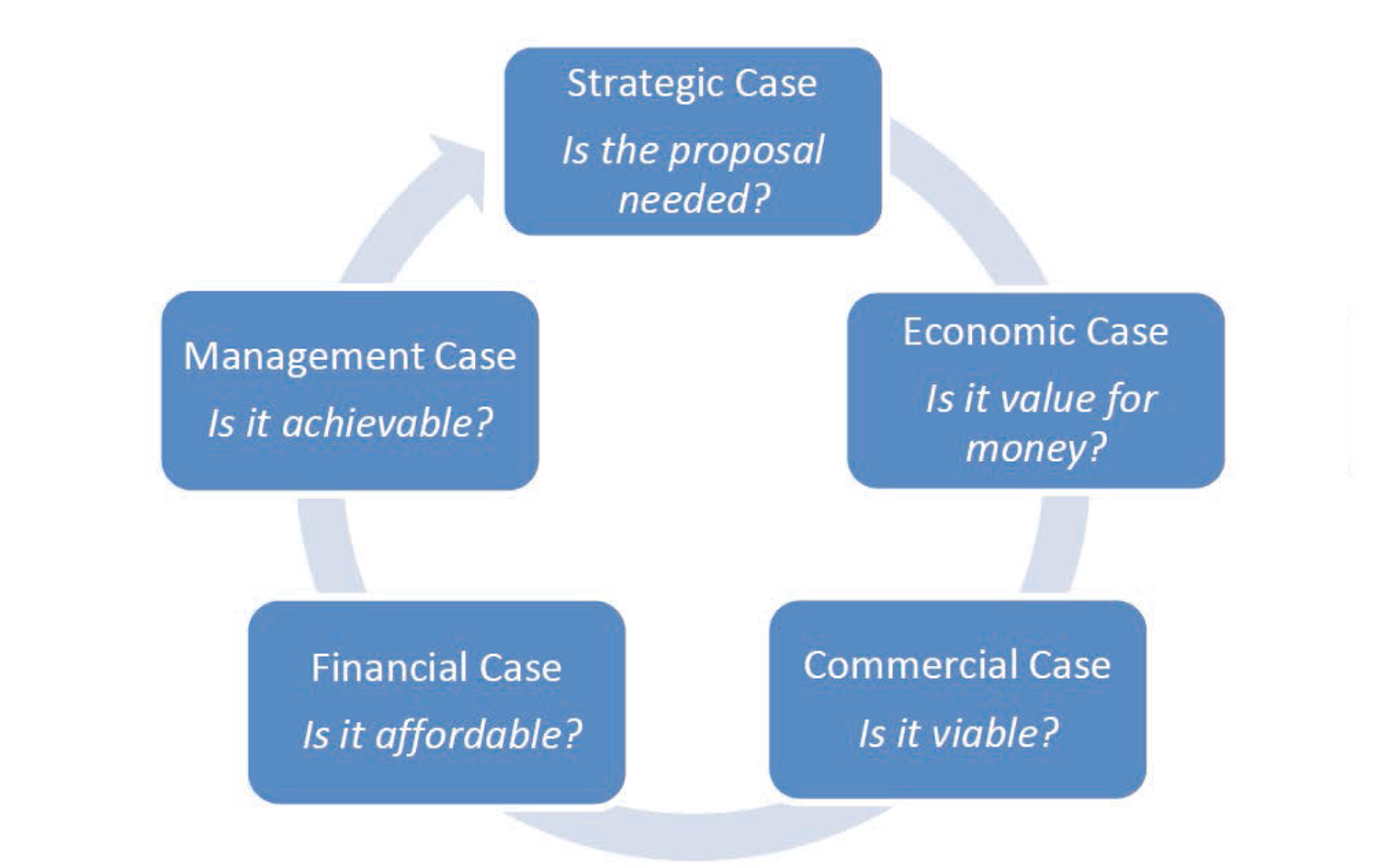The Procurement Regulations identifies that an entity may initiate a procurement process only after the project which it relates to has been suitably appraised and the results documented in an approved business case. It provides the meaning of business case as:
a management tool that supports decision-making for an investment which provides, among other things:
- the justification for a specified procurement project;
- the consideration of alternative solutions;
- the identification of assumptions, constraints, benefits, costs and risks; and
- the local impact assessment or industry consultation report where required under the Law and these Regulations.
An entity may initiate a procurement process at certain thresholds only after the project which it relates to has been suitably appraised and the results documented in an approved business case. The complete process is documented in the Procurement Regulations. The thresholds are:
- For procurement projects with a value of $100,000 or greater and less than $250,000, a written business case is to be submitted in the format specified by the Chief Officer or Chief Executive Officer of the initiating entity.
- For procurement projects with a procurement valuation of $250,000 or greater; a written business case is to be submitted in the format specified by the Public Management and Finance Law and regulations or other specified formats along with a formal written local impact assessment in the format specified by the Central Procurement Office, appended to the business case
- For projects greater than $10,000,000 a formal written industry consultation report is also to be submitted in addition to the requirements of (b) above in the format specified by the Central Procurement Office, appended to the business case
The business case shall:
(a) demonstrate the economic need for the project;
(b) include a thorough risk and impact assessment that details costs and the socio-economic impact of the procurement project on small and medium sized suppliers operating in the Islands;
(c) provide a breakdown of all anticipated procurement projects within the larger project;
(d) recommend the procurement method to be utilized;
(e) specify the benefits that the project is expected to deliver;
(f) demonstrate the options to be incorporated into the procurement process to promote positive economic development of the Islands in accordance with regulation 20; and
(g) demonstrate that there is a basis on which a decision may be made on whether to proceed to the procurement stage.
The Strategic Reforms Implementation Unit has provided guidance documents and templates for a business case to provide a structure for good decision-making on projects. The template links can be found under the Project Management tab on the Central Procurement Office website. The methodology used is based on the work of the UK Treasury on the Better Business Cases programme and, specifically, the five case Better Business Cases model initially detailed in the HM Treasury’s Green Book on Appraisal of Policies, Programme and Projects.
Diagram 1: The Five Case Better Business Cases Model

